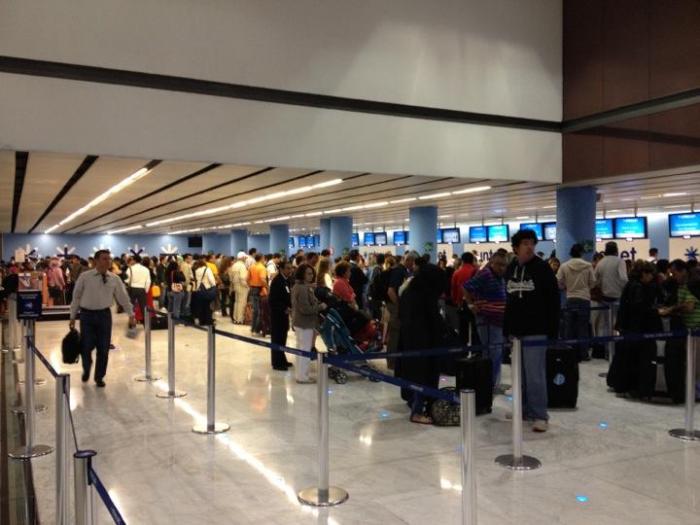
The catchphrase “Land yes, airplanes no,” became a rallying cry for the largely Indigenous population.Īlthough the government largely refused to negotiate, it changed its tune after an ejidatorio died at the hands of the Mexican security apparatus. Some objected to the project because the government was offering a pittance for their land, while others refused to sell at any price. The most significant challenge came from the residents who the airport project would displace, known as ejidatorios. However, that project soon met significant resistance on multiple fronts. In 2001, the federal government announced it would build an entirely new airport in the Texcoco lakebed. The second project’s cancellation - and the subsequent popular opposition to the Santa Lucía project - demonstrated that political considerations, not objective economic planning, had influenced the construction process.

The first project’s cancellation showed the power of local residents yet again, who stopped the airport’s construction before it could start. Mexico City’s two cancellations of the Texcoco airport provide two separate lessons for the study of urban politics.
:max_bytes(150000):strip_icc()/the-international-airport-benito-juarez--687694941-5c2e0e8b46e0fb00011ea32f.jpg)
But despite the urgent need for a new international airport, Mexico ended up canceling both airport projects.

In response, the government twice proposed a new airport for the Texcoco lakebed megacity, in 2002 and in 2014.

With only two runways, and limited to one runway in use at a time, Benito Juárez International Airport in Mexico City was at capacity in 2000 it has officially surpassed its official capacity since then. However, they had significantly deteriorated by the turn of the century. Mexico’s international airports might have been great in 1994. “The door to Mexico’s penthouse elevator opens to the great international airports it does not go up or down,” he wrote. In September 1994, Subcomandante Marcos - the spokesperson for Mexico’s infamous Zapatista rebel movement - released a tract called “The Long Journey from Despair to Hope” criticizing the government’s insistence on prioritizing foreign capital over Mexican citizens.


 0 kommentar(er)
0 kommentar(er)
